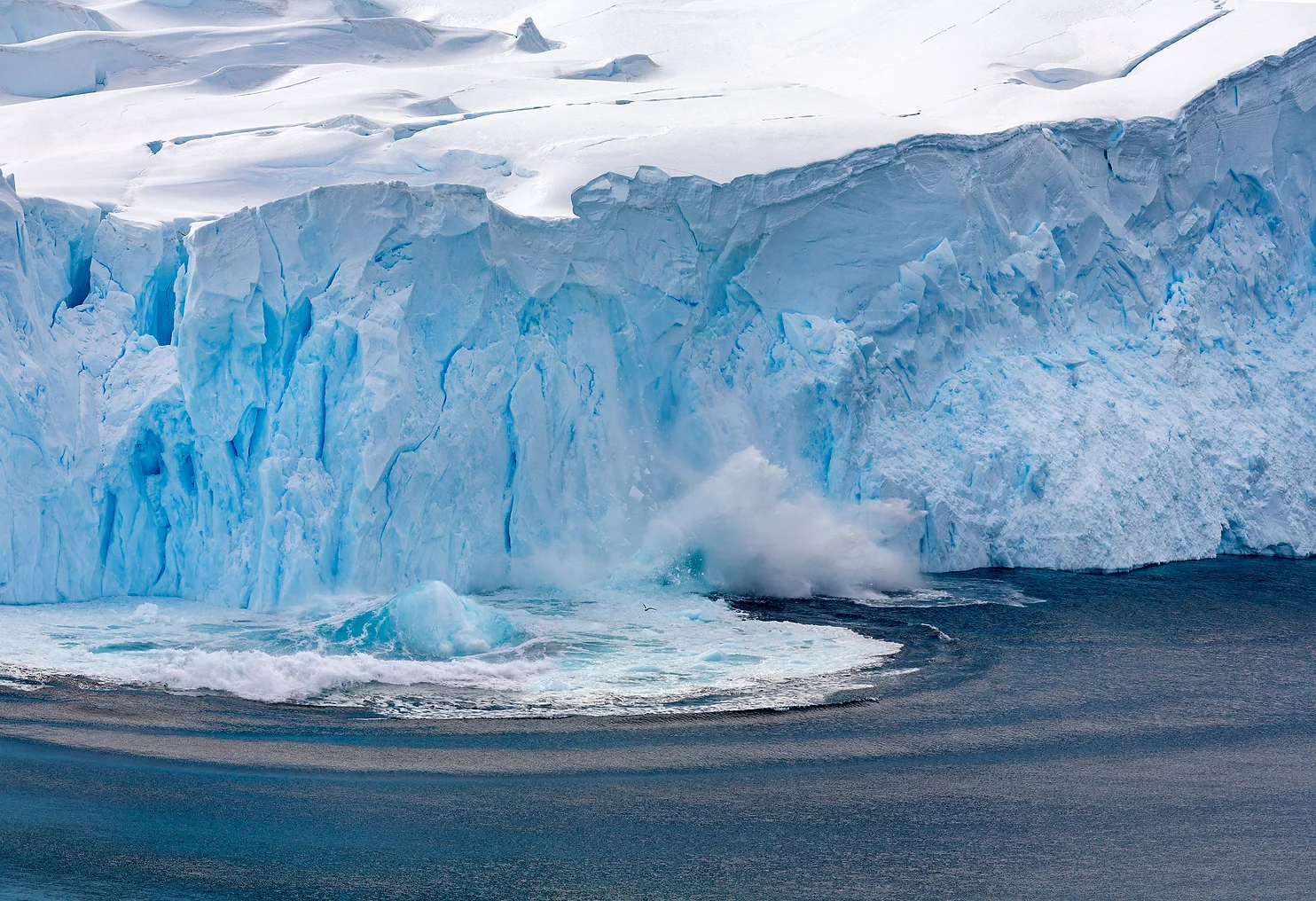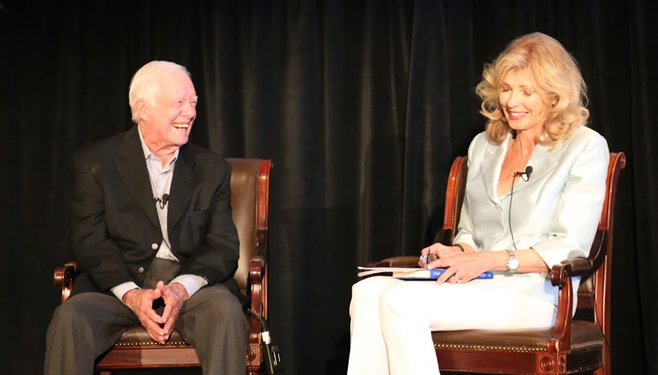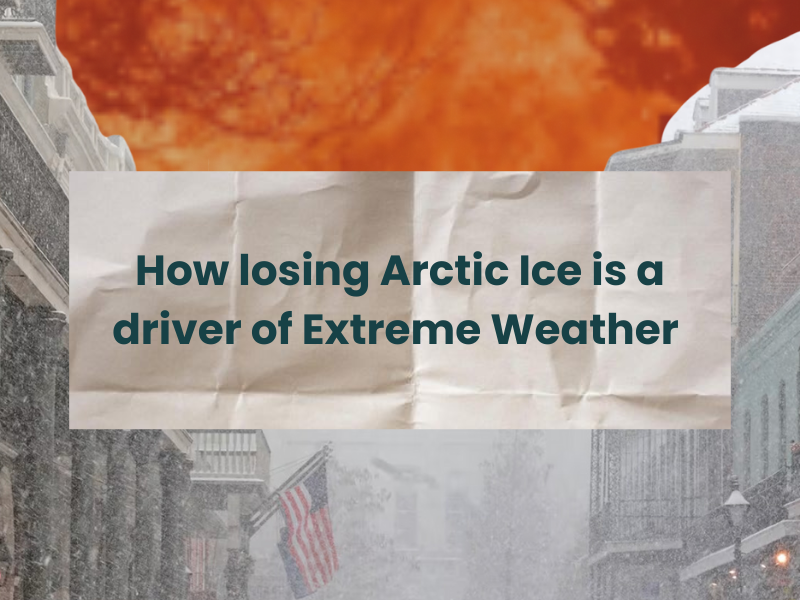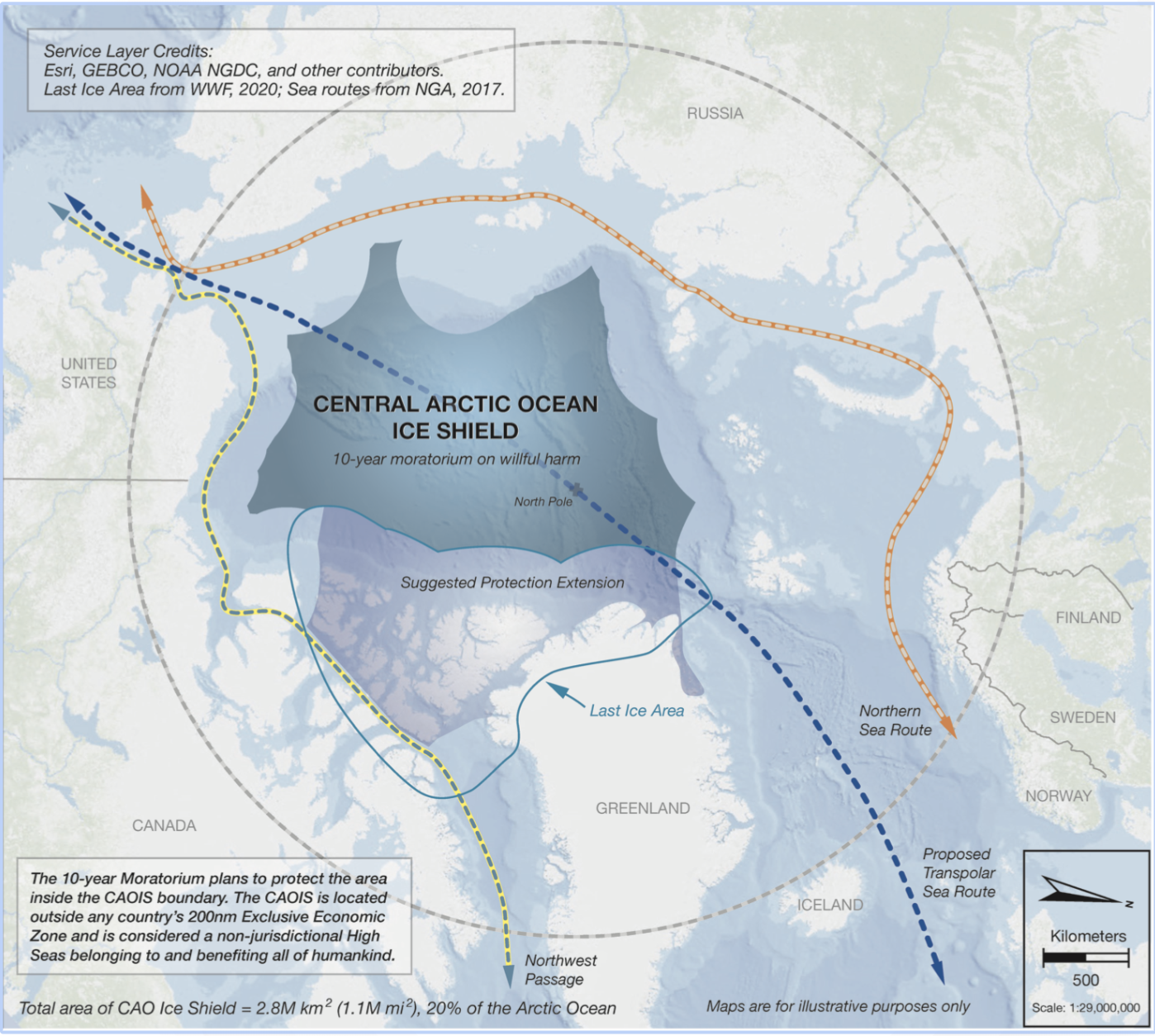A Climate Class on the Cryosphere
The cryosphere encompasses all the frozen water on Earth, including glaciers, ice sheets, sea ice, snow, and permafrost. These frozen regions play a critical role in regulating the planet’s climate. They not only reflect sunlight, cooling the Earth, but also store vast amounts of carbon, help regulate ocean currents, and support delicate ecosystems. However, as global temperatures rise due to human activity, the cryosphere is melting at an alarming rate. Now, the world is beginning to feel the consequences.
One of the most urgent issues we face is the possibility of surpassing a 2°C rise in global temperatures—a threshold that could result in catastrophic, irreversible damage to the cryosphere and, by extension, to global climate stability. To understand why 2°C is too high, we must first explore the unique role of the cryosphere and how its destruction will affect life across the globe.
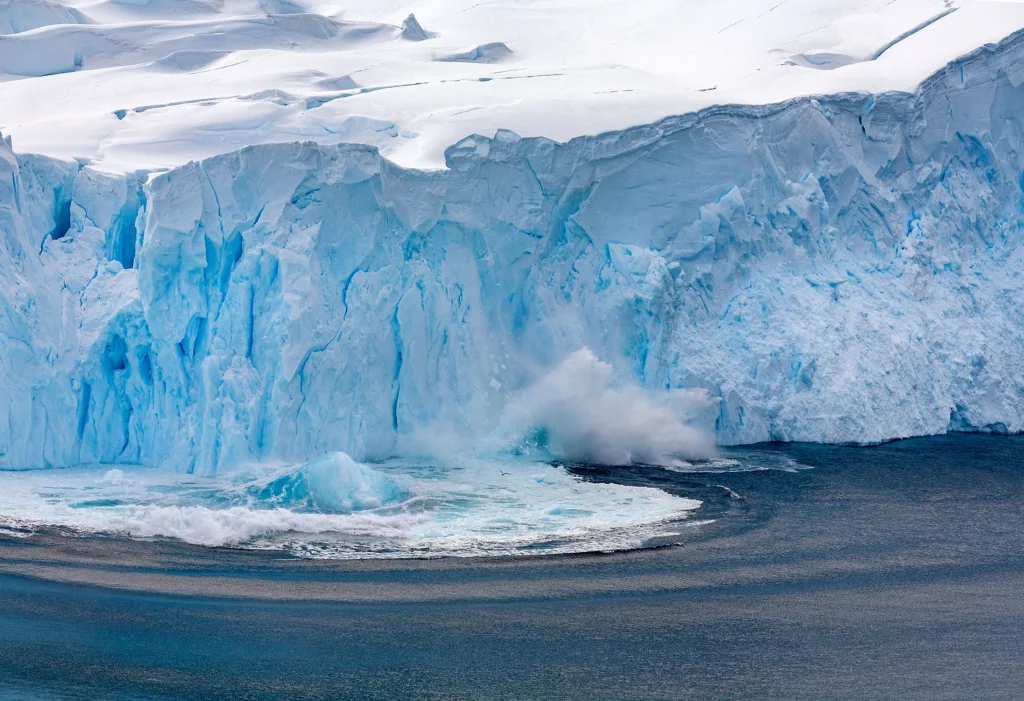
The Arctic is warming at more than three times the global average, and we are already losing vast areas of sea ice each year
The Cryosphere: Earth’s Frozen Climate Regulator
The cryosphere’s most significant contribution to the climate is the albedo effect—the process by which ice and snow reflect up to 80% of the sunlight that hits them back into space. This keeps the Earth cooler than it would be without these frozen surfaces. For example, the Central Arctic Ocean Ice Shield (CAOIS), which sits at the top of the world, plays an essential role in keeping global temperatures down.
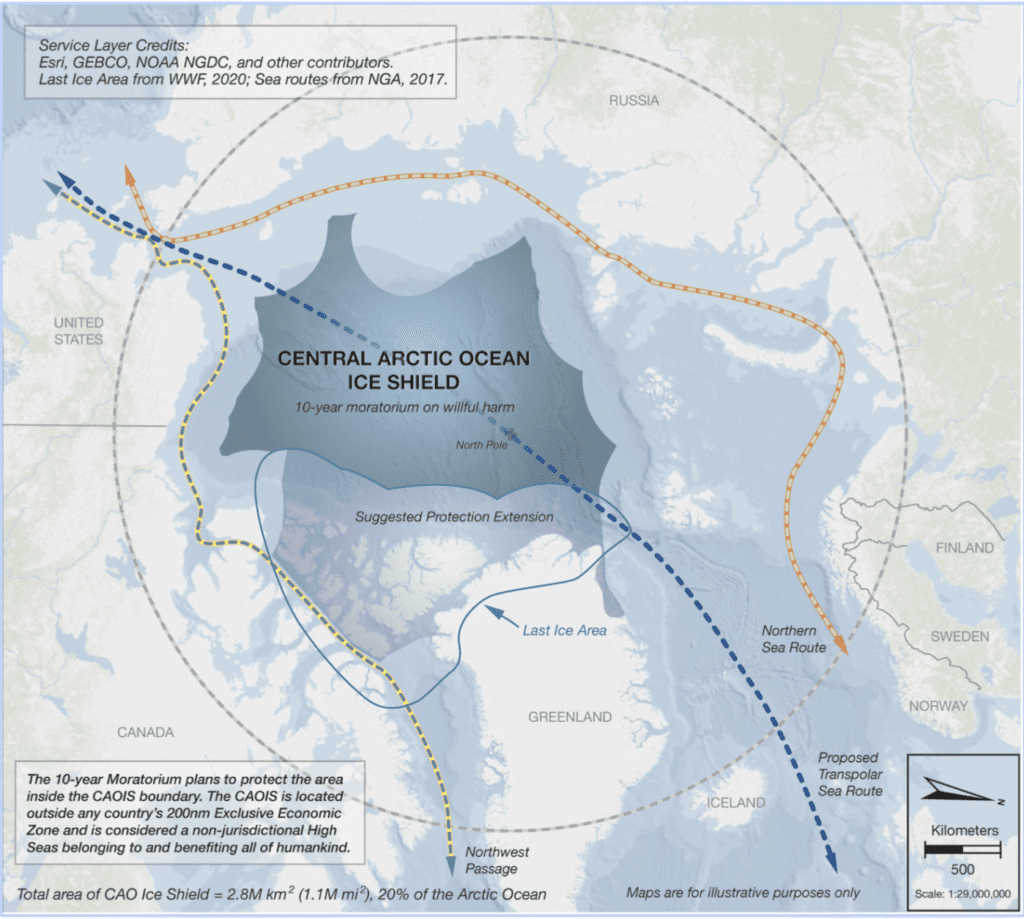
But as the CAOIS melts, darker ocean water is exposed, which absorbs more heat instead of reflecting it. This accelerates global warming in a feedback loop: the more the ice melts, the more heat is absorbed, leading to even faster melting. According to the State of the Cryosphere Report, the Arctic is warming at more than three times the global average, and we are already losing vast areas of sea ice each year
Why 2°C is Too High for the Cryosphere?
While world leaders often focus on the goal of limiting temperature rise to 2°C, the science is clear: even 2°C is too high for the cryosphere. The difference between a 1.5°C and a 2°C rise may seem small, but for Earth’s frozen regions, it is the tipping point.
At 2°C, we can expect significant, irreversible damage to glaciers, ice sheets, and sea ice. Greenland’s ice sheet could begin a melting process that leads to long-term sea-level rise, potentially contributing to an overall increase of up to 20 meters over centuries. This would submerge entire coastal cities and displace millions of people worldwide. In addition, the Antarctic ice sheet would experience accelerated melting, leading to further sea-level rise, threatening not just coastal communities, but entire ecosystems.
At 2°C, the Arctic will likely see ice-free summers every year. Without this ice to reflect sunlight, the region will warm even faster, amplifying the effects of climate change and further destabilizing the cryosphere. This will not only disrupt Arctic ecosystems, including habitats for polar bears, seals, and walruses, but will also cause extreme weather patterns across the globe, from heatwaves in Europe to increased flooding in Asia.
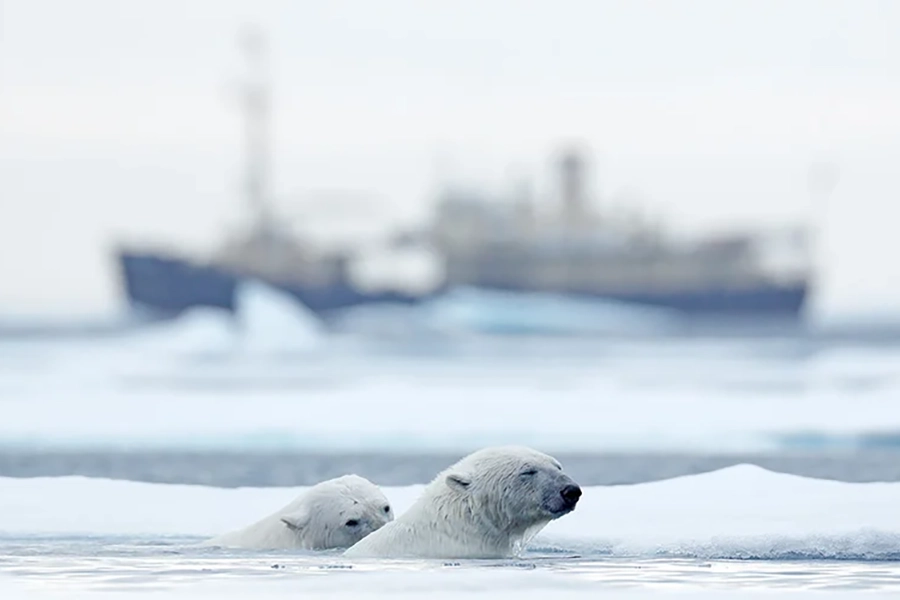
Global Impacts of Cryosphere Loss
The cryosphere’s decline affects more than just polar regions. The melting of glaciers and ice sheets contributes directly to sea-level rise, threatening coastal cities from Miami to Mumbai. Beyond sea-level rise, the cryosphere influences ocean currents like the Atlantic Meridional Overturning Circulation (AMOC), which helps regulate global temperatures. As the Arctic warms, the AMOC weakens, which could result in more severe winters in Europe, stronger hurricanes in North America, and shifting monsoons in Asia.
In regions like the Himalayas, melting glaciers will affect billions of people who rely on these frozen reserves for freshwater. As these glaciers recede, water shortages will become more severe, threatening food security and livelihoods in some of the world’s most populous regions.
A Call to Protect the Cryosphere
We are already seeing the devastating consequences of a warming planet, and the cryosphere is our front line in the battle against climate change. If the world’s ice continues to melt at its current rate, we will face far more severe global impacts—rising sea levels, more extreme weather events, and widespread ecosystem collapse.
At Global Choices, we are committed to raising awareness about the crucial importance of the cryosphere and advocating for urgent climate action. But we need your help. Limiting global temperature rise to 1.5°C is not just a target—it’s a necessity for the survival of our planet’s frozen regions and, by extension, the stability of our climate.
Your donation can make a difference. By supporting Global Choices, you are contributing to efforts that aim to protect the cryosphere, advocate for stronger climate policies, and drive global action.
Donate today and join us in the fight to safeguard the future of our planet and ensure a stable climate for generations to come.
Together, we can act before it’s too late.
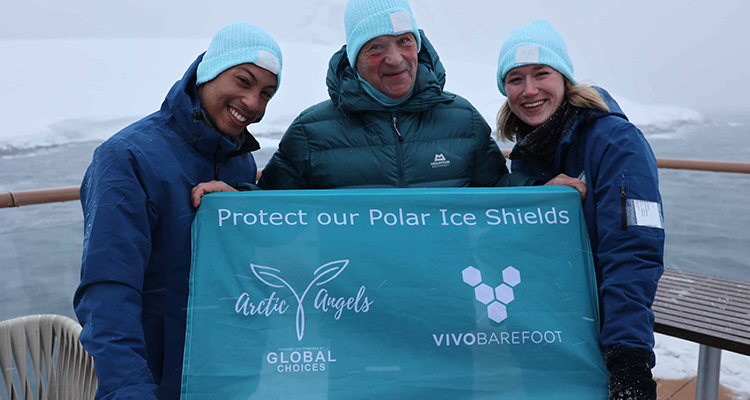
Resources Referenced:
- State of the Cryosphere 2023 Two Degrees Is Too High
- Global Choice’s 10-Year Moratorium Summary

